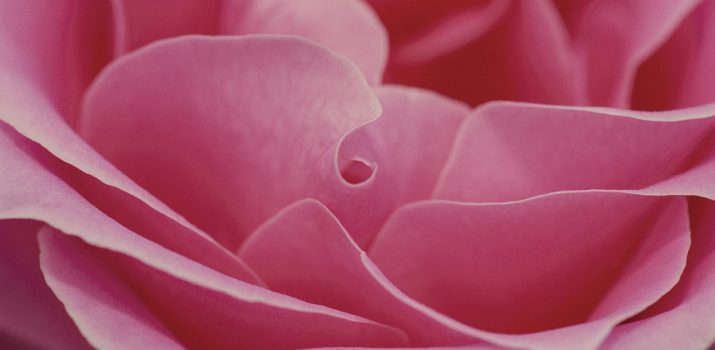Pink: a trendy color


According to specialist Michel Pastoureau, pink is not one of the colors listed by science in its own right. The history of pink, a second-rate color, is uncertain, elusive, fragile and ephemeral.
In the West, pink first made its appearance in court dress in Renaissance Italy in the mid-13th century, then after the Great Black Death in France and England. Pink is not called rose but “incarnat”, and is more yellow than red. Its spread began in the 14th century with the use of Brazil wood, or bois de sappan, a wood with red flesh. Used by Italian craftsmen, this raw material is rare and expensive, coming as it does from Ceylon, India and Japan. The dye is difficult to fix on fabrics. The discovery of Brazilian wood on the South American continent, and the democratization of dyeing techniques, led to its spread.
In the 18th century, it was Madame de Pompadour, favorite of King Louis XV, who really made this color fashionable. Pink became the symbol of libertinism and power: “rose Pompadour”.
In the color palette, it wasn’t until 1810, with Goethe’s treatise, that pink finally came into its own.
The botanical rose has been around since antiquity, represented in white, red, purple and rarely yellow. Legend has it that Thibaud IV, Count of Champagne, returned from the Holy Land around 1240 with Damask rose seeds in his helmet.
Roses were used by apothecaries and perfumers. It wasn’t until the 17th century that gardeners and horticulturists developed, first in England, then in France, roses that were pink, the name of the flower becoming that of the color, in English pink. Pink roses express tenderness, softness and delicacy. A bouquet of pink roses can be used, for example, to celebrate the arrival of a new baby in a family, or Mother’s Day and Grandmother’s Day. They’re the perfect flowers to express tender love, but also to say thank you to a loved one. Pink is intended for young, middle-class girls.
As Japan opened up to the world, Japonism made its appearance in the West in the second half of the 19th century. Cherry-pink appeared in European interiors, wallpapers, screens, kimonos and in the theater.
The Impressionists, the Pointillists and the Fauves all used pink. Elsa Schiaparelli launched her fashion house in 1928, featuring luminous “shocking pink”. Pink appeared in “Vogue”. Even Schiaparelli’s great rival, Gabrielle Chanel, who swore by black, designed pink evening gowns. Homosexuals deemed undesirable in Nazi concentration camps were branded with a pink triangle.
Pink dresses the stars, in the cinema and becomes the attribute of rock stars, pop stars and rappers. Jackets, pants, shoes, bathrooms, cadillacs, accessories – everything is pink.
In the 1970s, fluorescent colors and neon lights were invented. Pink evoked sensuality, sexuality and pornography. The punk movement recalls the dark days of the Weimar Republic.
In the 1980s-1990s, it became an emblem for the gay and lesbian communities.
Pink, the symbol of bad taste and debauchery, which has been used to discriminate and persecute, then allows us to identify ourselves.
Pink invades popular culture. The Pink Panther. Toys, Barbie, manga, Hello Kitty. Schiaparelli inspires Jean-Paul Gaultier, David Lynch, Terry Gilliam, Kim Kardashian.
The “pink October” ribbon marks solidarity with breast cancer sufferers and prevention.
We offer you a selection of documents about pink.
Candy pink, gingham, tea pink, old pink, Damask pink, nude, fuchsia, salmon, orange, sakura pink, Schiaparelli, punk – you won’t be able to escape! From September 23 to October 26, at BCU site Riponne